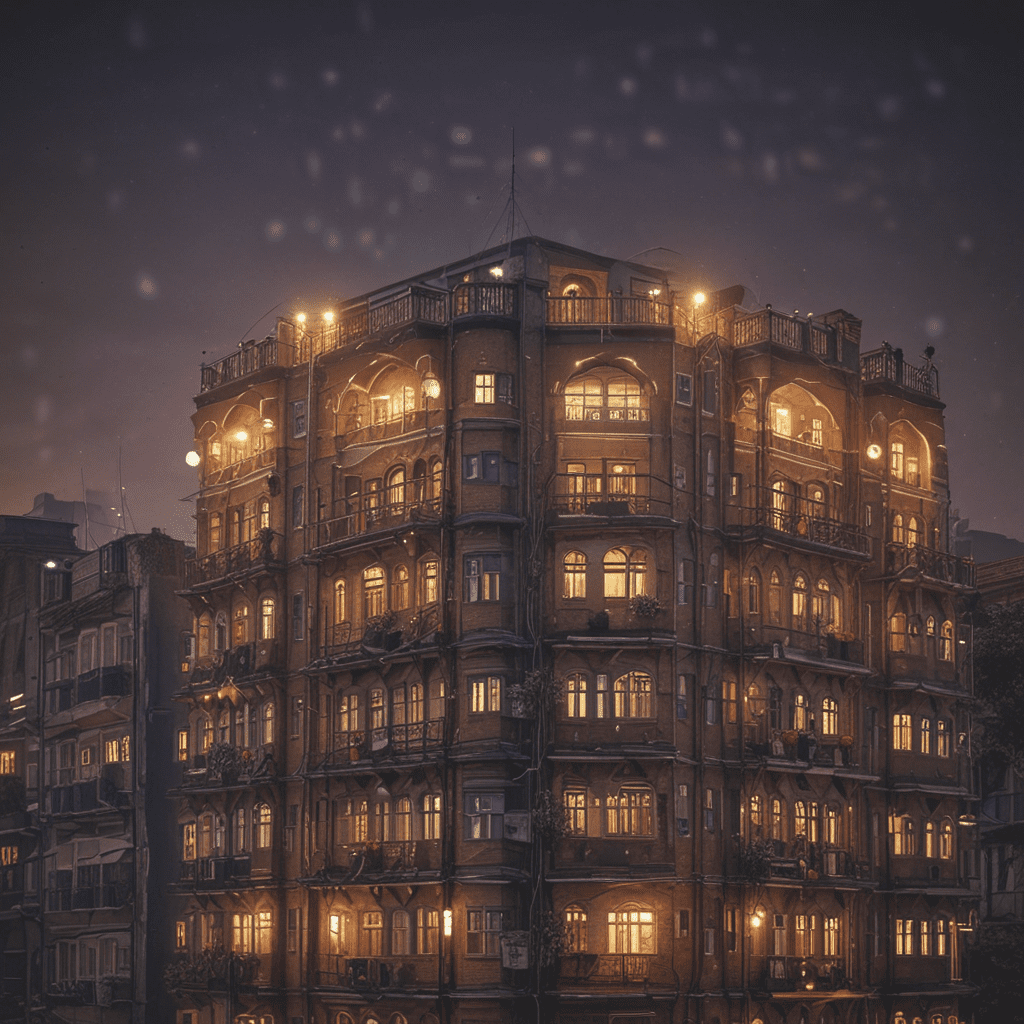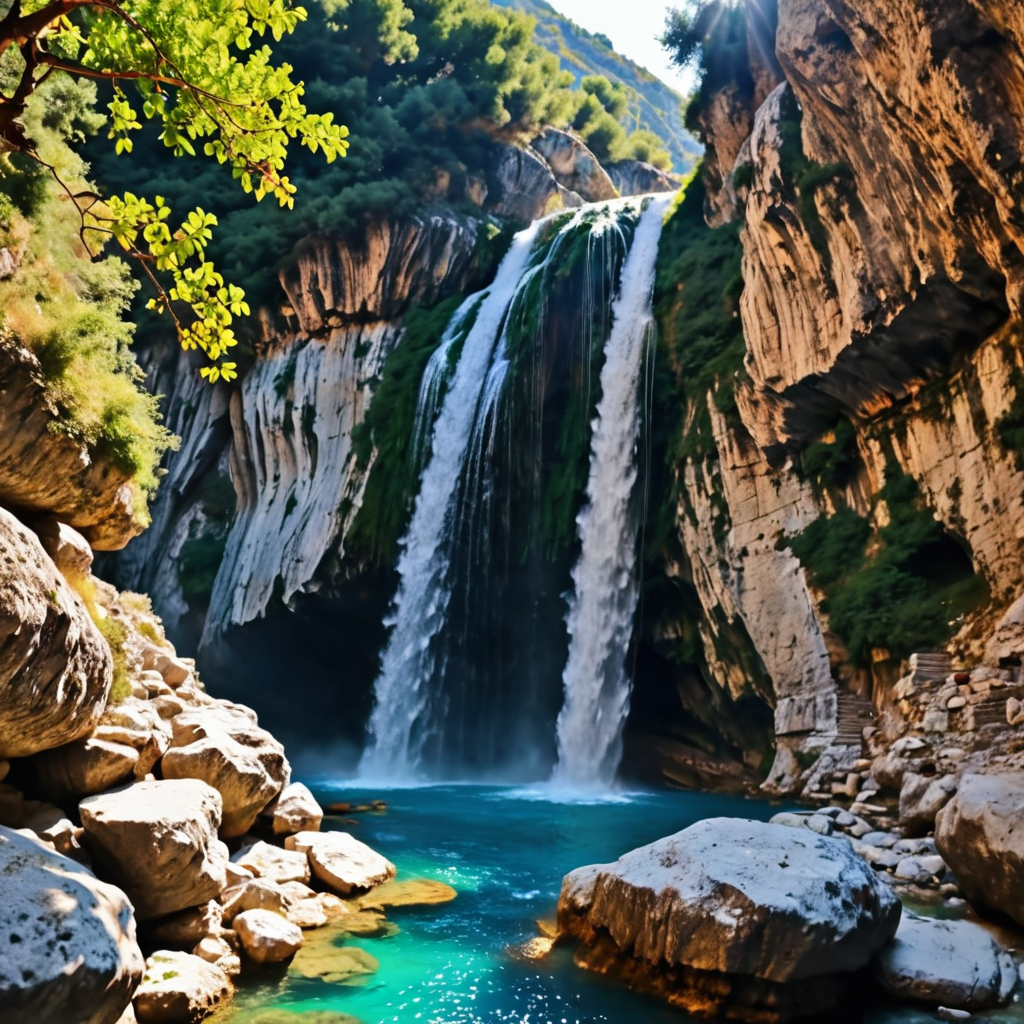
1. Overview of Bangladesh's Architectural Heritage
Bangladesh, a land of rich cultural heritage and natural beauty, boasts a diverse architectural landscape that reflects the country's historical, cultural, and geographical influences. The architectural heritage of Bangladesh encompasses a wide range of styles and periods, from ancient Buddhist structures to Mughal mosques and palaces, from colonial-era buildings to contemporary skyscrapers. The unique blend of these architectural traditions has created a distinctive and vibrant cityscape that showcases the country's long and fascinating history.
2. Historical Influences on Bangladeshi Architecture
The architectural heritage of Bangladesh has been shaped by various historical influences, including indigenous traditions, Buddhist, Hindu, and Islamic influences, as well as European colonial influences. The early Buddhist period saw the construction of monasteries and stupas, while the Hindu period witnessed the rise of temples and palaces. The arrival of Islam in the 13th century brought about the construction of mosques, tombs, and other religious structures, which showcased the architectural brilliance of the Mughal Empire. European colonial rule, particularly British colonialism, left a lasting impact on the country's architectural landscape, introducing neoclassical and Victorian styles into the mix.
3. The Mughal Architectural Legacy in Bangladesh
The Mughal period (16th-18th centuries) was a golden age for architecture in Bangladesh. The Mughals, known for their patronage of the arts and architecture, constructed a number of magnificent monuments in the region, including the Dhakeshwari Temple, the Lalbagh Fort, and the Ahsan Manzil. These structures showcase the characteristic Mughal architectural style, which is characterized by its grandeur, symmetry, and use of domes, arches, and intricate ornamentation. The Mughal legacy continues to influence contemporary Bangladeshi architecture, particularly in the design of mosques and other religious buildings.
4. The Bengal Renaissance and Its Impact on Architecture
The Bengal Renaissance (19th-early 20th centuries) was a period of cultural and intellectual revival in Bengal, which had a significant impact on architecture. The Renaissance saw the rise of a new generation of architects who sought to incorporate elements of both traditional and modern styles into their work. As a result, a number of iconic structures were built during this period, including the Dhaka University campus, the High Court Building, and the Curzon Hall. These buildings showcase a blend of Indo-Islamic and European architectural influences, and they remain landmarks of Bangladeshi architecture today.
5. The Rise of Modernism and International Styles
In the 20th century, Bangladesh witnessed the rise of modernism and international styles in architecture. Modernist architects, such as Louis Kahn and Muzharul Islam, designed a number of notable buildings in Bangladesh, including the National Assembly Building and the Baitul Mukarram Mosque. These structures are characterized by their clean lines, geometric forms, and use of reinforced concrete. International styles, such as Art Deco and Bauhaus, also influenced Bangladeshi architecture, particularly in the design of commercial buildings and residential complexes.
6. Post-Independence Architectural Developments
Following the independence of Bangladesh in 1971, the country embarked on a period of significant architectural development. The government prioritized the construction of new infrastructure, including schools, hospitals, and government buildings. Architects such as Fazlur Rahman Khan and Muzharul Islam played a leading role in shaping the architectural landscape of this period. Their designs combined traditional motifs with modern techniques, creating a unique Bangladeshi architectural style.
7. Vernacular Architecture in Bangladesh
Vernacular architecture refers to traditional building techniques and styles that have evolved over centuries to meet the specific needs of a particular region. In Bangladesh, vernacular architecture is often characterized by the use of local materials, such as bamboo, mud, and thatch, and by simple construction techniques. Vernacular buildings are well-adapted to the local climate and environment, and they reflect the cultural and historical traditions of the region.
8. Sustainable Architecture in Bangladesh
In recent years, there has been a growing awareness of the importance of sustainability in architecture. Bangladeshi architects are now increasingly designing buildings that are energy-efficient, environmentally friendly, and resilient to climate change. Sustainable building techniques include the use of recycled materials, rainwater harvesting systems, and natural ventilation.
9. Contemporary Architectural Trends in Bangladesh
Contemporary Bangladeshi architecture is characterized by a blend of traditional and modern styles. Architects are experimenting with new materials and technologies, while also drawing inspiration from the country's rich cultural heritage. Some of the key trends in contemporary Bangladeshi architecture include the use of sustainable materials, the integration of nature into building designs, and the creation of vibrant and dynamic urban spaces.
10. The Future of Architecture in Bangladesh
The future of architecture in Bangladesh looks bright. The country is experiencing rapid economic growth and urbanization, which is creating a demand for new and innovative architectural solutions. Bangladeshi architects are rising to the challenge, creating sustainable, resilient, and aesthetically pleasing buildings that reflect the country's cultural identity and aspirations. The future of architecture in Bangladesh is full of possibilities.
FAQs:
- What is the most famous architectural landmark in Bangladesh?
- The Ahsan Manzil is one of the most famous architectural landmarks in Bangladesh. It is a large pink palace that was built in the 19th century by the Nawab of Dhaka.
- What is the national style of architecture in Bangladesh?
- There is no one national style of architecture in Bangladesh, as the country's architecture reflects a wide range of influences from different periods and cultures. However, some common features of Bangladeshi architecture include the use of domes, arches, and intricate ornamentation.
- Who is the most famous architect from Bangladesh?
- Fazlur Rahman Khan is one of the most famous architects from Bangladesh. He was a structural engineer and architect who designed some of the tallest buildings in the world, including the World Trade Center in New York City.


